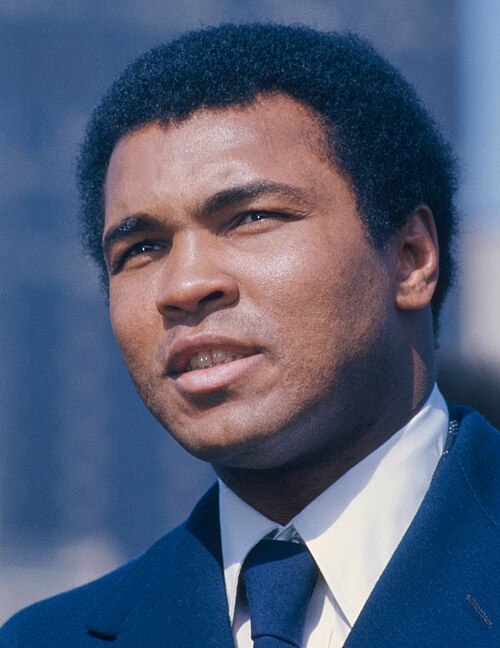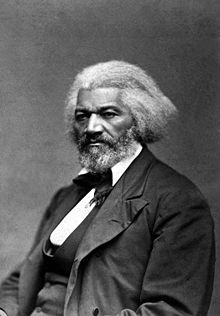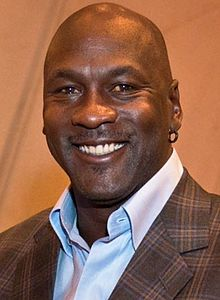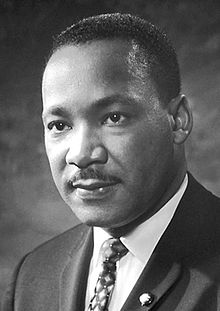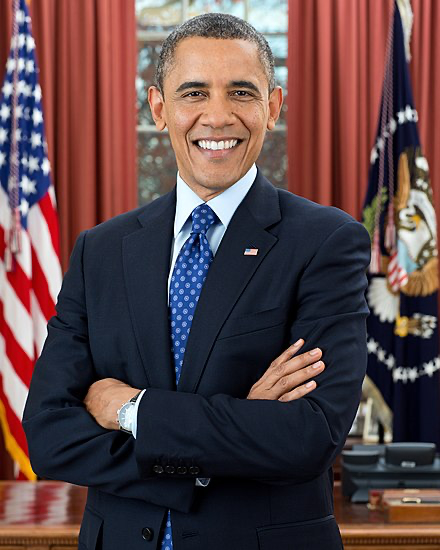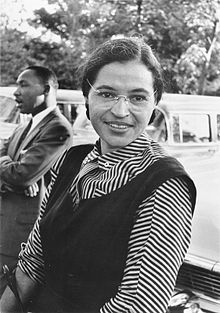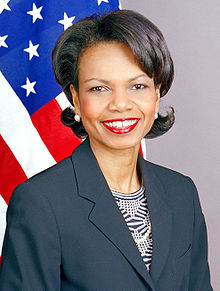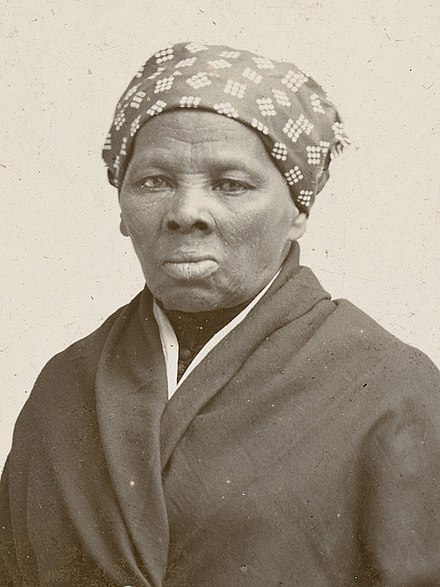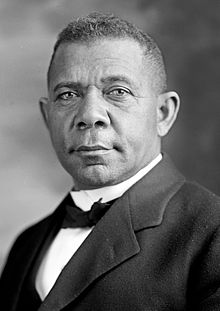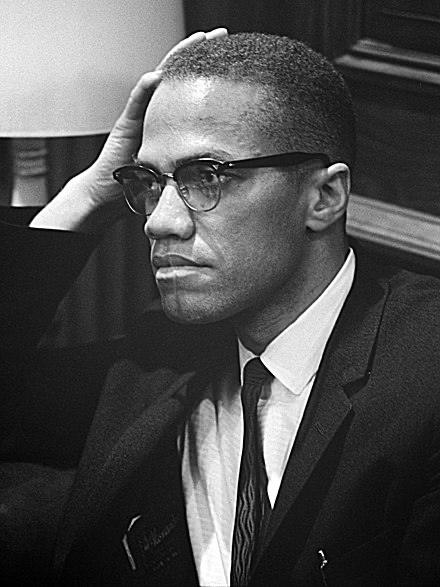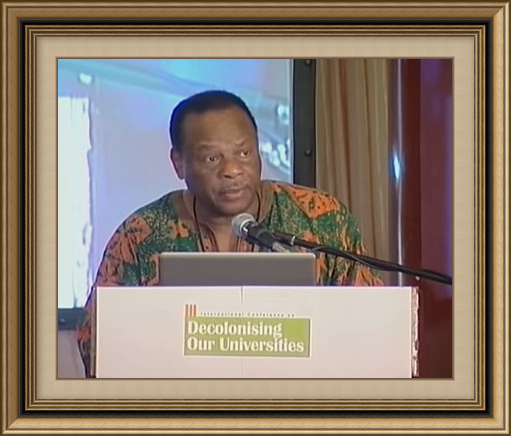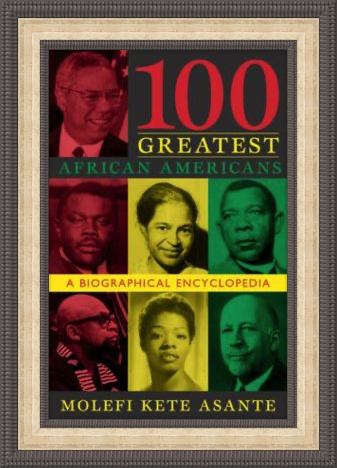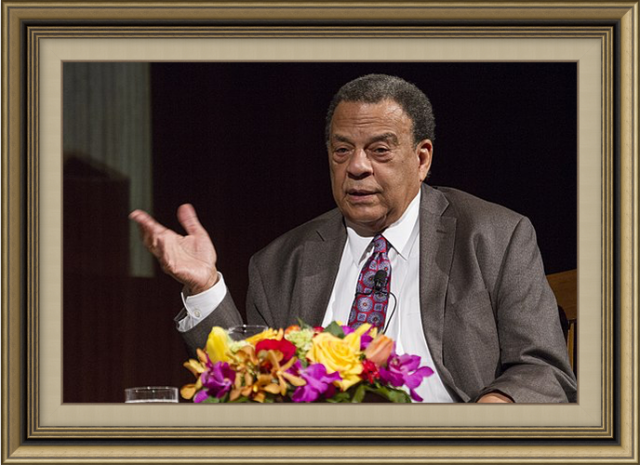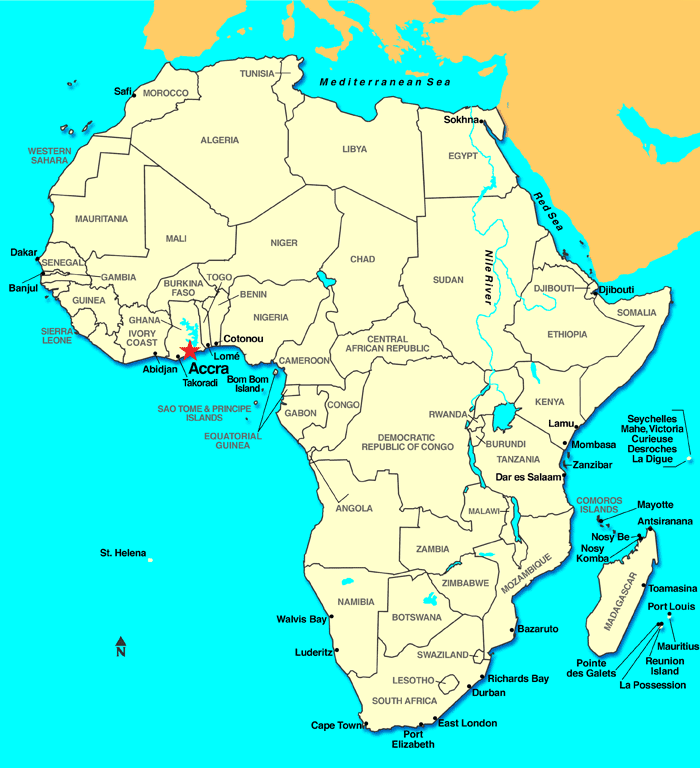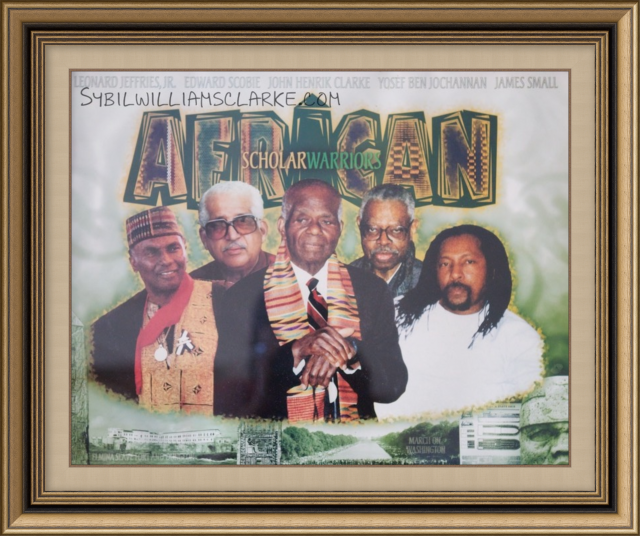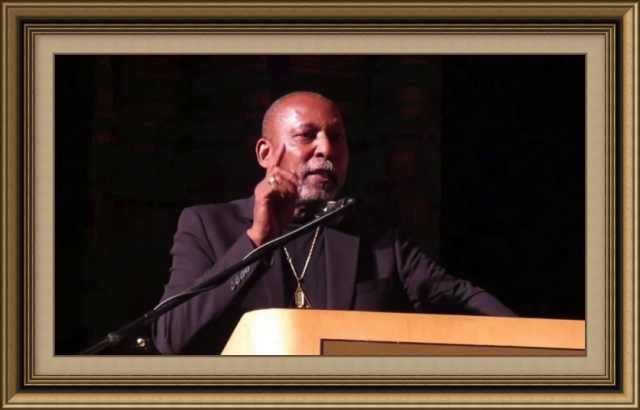

History
This Is My Country

The Ancient Empire of Ghana was heavily impacted by the first Europeans who made their way to Africa, which were the Portuguese in 1471.
They came in pursuit of gold and this led to the start of the African slave trade, which the Europeans incorporated themselves in. The British fought for control over what was then known as the Guinea coast, which was the Ancient Empire of Ghana. The British successfully won control and renamed it the Gold Coast.
The Ashanti kingdom was the last section to be incorporated in the British Gold Coast and brought under British rule. They were reluctant to give into British rule, and also to give away the ancient golden stool that the British were so desperately eager to acquire from them once they got to know of it. So one female warrior named Yaa Asantewaa was determined to defend the Ashanti kingdom and make sure that the golden stool would not get into the hands of the British colonial power. Nana Prempeh the first at the time had ascended the throne as the new Ashanti hene. In 1874, the Gold Coast became an official British colony. As a result of opposing colonial rule, both Yaa Asantewaa and Prempeh were sent to an island east of mainland Africa called Seychelles in exile. Yaa Asantewaa died in exile in 1921, but Nana Prempeh managed to survive and was allowed by the British to return to the Gold Coast which was in 1924, 3 years after Yaa Asantewaa's death.
The slave trade in Africa made its way to North America where the African diaspora began. Slaves were working on plantations in the south and picking cotton. This led to Harriet Tubman's secret underground railroad discovery, which many slaves used as a way to escape from their slave masters. Slaves who were brought from Africa in ships were treated very horribly once they arrived in America, and even while they were on their way coming in the ships they were treated badly and living in deplorable conditions. Many were chained and shackled together. While in America over the years fighting for equal rights, it sparked the civil rights movement. This brought great civil rights leaders like Jesse Jackson, Malcolm X, Dr. Martin Luther King Jr., among many others.
Recently the first Black democratically elected President of the United States of America (Barack Obama) visited Ghana and also went to see Cape Coast castle, a place where many slaves were kept in order to be brought onto the ships which shipped them off. He chose Ghana as the first country to visit in Sub-Saharan Africa since becoming President, and of course Africa as a whole. Many saw him as acknowledging and realizing Ghana's political and economic stability over other countries learning about the history of the slave trade in Africa. He even chose Ghana over his father's home country Kenya. It was then discovered that Ghana had become some sort of a pilgrimage for many African Americans who were and are interested in learning about the History of the Slave Trade.
President Barack Obama Visits Ghana
President Obama's Visit to Ghana
President Obama Speaks in Ghana
President Obama's Bilateral Meeting with President Mills of Ghana

The Atlantic Slave Trade

Dr. Yosef Ben-Jochannan (1992) | University of Pennsylvania Lecture | Dr. Ben
Dr. Yosef Ben-Jochannan & George Simmonds (1987) | African Origins
John Henrik Clarke - A Great and Mighty Walk
John Henrik Clarke Interview (1973)
What We Must Do and What We Must Know
John Henrik Clarke On Religion
Jesus Explained
Exactly Who or What Is a Jew
DR LEONARD JEFFRIES & PROF. JAMES SMALL TALK FOLLOWING THE FOUNDATION OF DR. BEN & DR CLARK
Dr. Leonard Jeffries African Renaissance Promo
Why we’re overdue to know the brilliance of Africa’s civilizations
What Did Africans Believe in Before Christianity?

Tulsa Oklahoma ( Black Wall Street ) Race Riot
During the 16 hours of the assault, more than 800 people were admitted to local white hospitals with injuries (the two black hospitals were burned down), and police arrested and detained more than 6,000 black Greenwood residents at three local facilities. An estimated 10,000 blacks were left homeless, and 35 city blocks composed of 1,256 residences were destroyed by fire. The official count of the dead by the Oklahoma Department of Vital Statistics was 39, but other estimates of black fatalities varied from 55 to about 300.
The events of the riot were long omitted from local and state histories. "The Tulsa race riot of 1921 was rarely mentioned in history books, classrooms or even in private. Blacks and whites alike grew into middle age unaware of what had taken place." With the number of survivors declining, in 1996, the state legislature commissioned a report to establish the historical record of the events, and acknowledge the victims and damages to the black community. Released in 2001, the report included the commission's recommendations for some compensatory actions, most of which were not implemented by the state and city governments. The state has passed legislation to establish some scholarships for descendants of survivors, economic development of Greenwood, and a memorial park to the victims in Tulsa. The latter was dedicated in 2010.
Tulsa Race Massacre Centennial
The History Channel's Tulsa Burning: The 1921 Race Massacre – Creators in Conversation
The Black Wall Street in Tulsa




